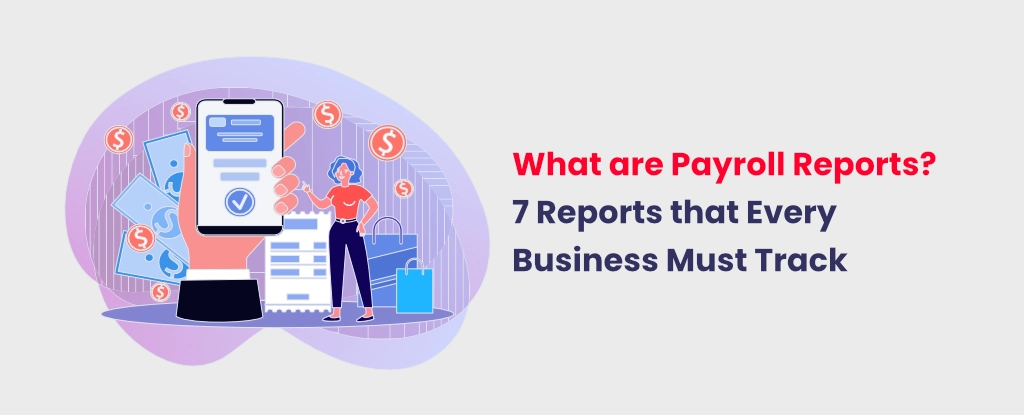Are you a small business owner who focuses on the bottom line? Read on to find out what parts of the financial statement you must focus on, the difference between cash flow and profits, and why it matters to you!
As an individual, you may think of all money flowing into your bank account as personal profit that’s free for you to spend as you please. However, in the business world, profits and cash flow are two distinct concepts. While profits represent the earnings remaining after all expenses are deducted from revenue, they don’t necessarily indicate the immediate availability of cash. Cash flow, on the other hand, measures the actual liquidity of the business—the inflow and outflow of money at any given time. A company can show a profit on its financial statements but still face cash flow issues that hinder its ability to pay bills, invest in growth, or even stay afloat.
Most businesses partner with professional accountants to manage both profits and cash flow effectively. With expert guidance, you can ensure that your business remains financially healthy and is not cash-crunched even when profits seem strong.
But before you move ahead to outsource small business accounting services to a professional service provider, it is important for you, as a business owner, to understand the difference between these two metrics. It can help you ensure the financial stability of your business and better communicate your needs and expectations to your accounting partner.
What is Profit?
Profit, in its simplest form, a measure of a business’s efficiency and success in generating financial gains from its operations. It is a surplus value of total revenue over all expenses (payrolls, rent, utilities, materials, taxes, and any other operating expenses). This figure, often referred to as the bottom line, provides a clear snapshot of the business’s profitability over a specific period.
If this calculation results in a negative number, the business is said to be in loss but if it gives you a positive number, the business is said to be profitable.
A consistent profit indicates that your business successfully manages its costs while generating sufficient revenue, and is geared for long-term success and growth.
Profit and Loss Template
Here’s our Profit and Loss template that you can use to calculate your monthly as well as total year-to-date profit (and loss). Customize it to fit your specific business needs and gain a clearer understanding of your financial performance throughout the year. This tool is designed to help you track revenue, expenses, and profitability with ease, so you can make informed decisions that drive success.
Profit & Loss Template.xlsx – Google Sheets
What is Cash Flow in Business?
Cash flow is a critical metric that measures a business’s ability to meet its financial obligations. A cash flow statement that provides details of all the money flowing into and out of your business accounts over a specified period. The statement offers insight into the cash balance at the end of a period, which is the difference between incoming revenue and outgoing expenses.
Positive cash flow indicates that a company’s liquid assets are increasing, enabling it to cover obligations, reinvest in its business, return money to shareholders, pay expenses, and provide a buffer against future financial challenges.
However, a negative cash flow indicates that a company’s liquid assets are decreasing, which may limit its ability to meet financial obligations, invest in growth opportunities, or weather economic downturns. Persistent negative cash flow means there are underlying issues in the business’s operations or financial management. If not addressed on time, they can lead to cash shortages, increased debt, or even insolvency.
Cash flow is calculated in many different ways. Some of them are:
- Free Cash Flow = Net Income + Depreciation/Amortization – Change In Working Capital – Capital Expenditure
- Operating Cash Flow = Operating Income + Depreciation – Taxes + Change In Working Capital
- Cash Flow Forecast = Beginning Cash + Projected Inflows – Projected Outflows = Ending Cash
- Discounted cash flow = [(cash flow 1) ÷ (1 + r)^1] + [(cash flow 2) ÷ (1 + r)^2] + [(cash flow n) + (1 + r)^n], where “r” refers to Rate of Interest.
Cash Flow Management Template
Check out our ready-to-use template for your cash flow management. Download it and feel free to customize this version further to align with your business needs:
Cash Flow Statement-Template.xlsx – Google Drive
Understanding the Difference Between Cash Flow and Profit
| Cash Flow | Profit |
| Measures the actual inflow and outflow of cash within a business over a specific period. | Represents the net earnings after all expenses are deducted from total revenue. |
| Emphasizes liquidity and the ability to pay bills and debt. | Focuses on the overall financial performance and profitability of the business. |
| Often assessed on a short-term basis (daily, weekly, monthly). | Typically assessed on a monthly, quarterly, or annual basis. |
| Typical components include cash from operations, investments, and financing activities. | Includes revenue, cost of goods sold (COGS), operating expenses, and taxes. |
| Essential for day-to-day operations and maintaining financial stability. | Important for long-term growth and assessing the financial success of the business. |
| Can be positive even if the business is not profitable (e.g., through loans). | It’s possible for a business to be profitable and have negative cash flow, or to have positive cash flow and no profits. |
| Vital for creditors and investors concerned with the business’s liquidity. | Important for owners and investors who focus on the overall profitability and value of the business. |
Let’s take an example for easy understanding.
If your business has made a total revenue of $20,000 ($10,000 cash + $10,000 non-cash sales) for a specified period and owes 2000 as rent (expense) and paid $7,000 as other expenses for the same quarter, your net profit is the difference between these amounts.
Total revenue ($20,000) – Total expenditure ($10,000) = Profit ($10,000)
Total cash-in ($10,000 of cash sales) – Total expenditure ($7,000) = Cash flow ($3,000)
As you can see in the above example, only the sales in cash is accounted for while calculating cash flow, unlike profits, which are calculated based on the total revenue in cash and non-cash sales.
Cash Flow Vs Profit: Which is More Important?
Both cash flow and profit are critical indicators of a business’s financial health, but their importance can vary depending on the context and the specific circumstances of the business. Understanding the roles each plays helps in making informed financial decisions and ensuring the sustainability of your business.
Cash flow ensures that your business can operate effectively on a day-to-day basis, meet its immediate financial obligations, and remain flexible in the face of unexpected challenges or opportunities.
Profit, on the other hand, indicates the long-term viability and success of your business.
Effective financial management involves carefully monitoring and balancing both cash flow and profit. Thus, it’s not cash flow vs profit, it’s always cash flow and profit as both help your business remain healthy, resilient, and poised for sustained success.
If you need help with business accounting, we have resources for you. Read our lowdown on how to manage your small business accounting. If you still have questions or need help expert help around your business, our Finance & Accounting Services are available to help. Schedule a consultation with our expert CPAs and learn how to achieve financial excellence quickly and cost-affordably.


